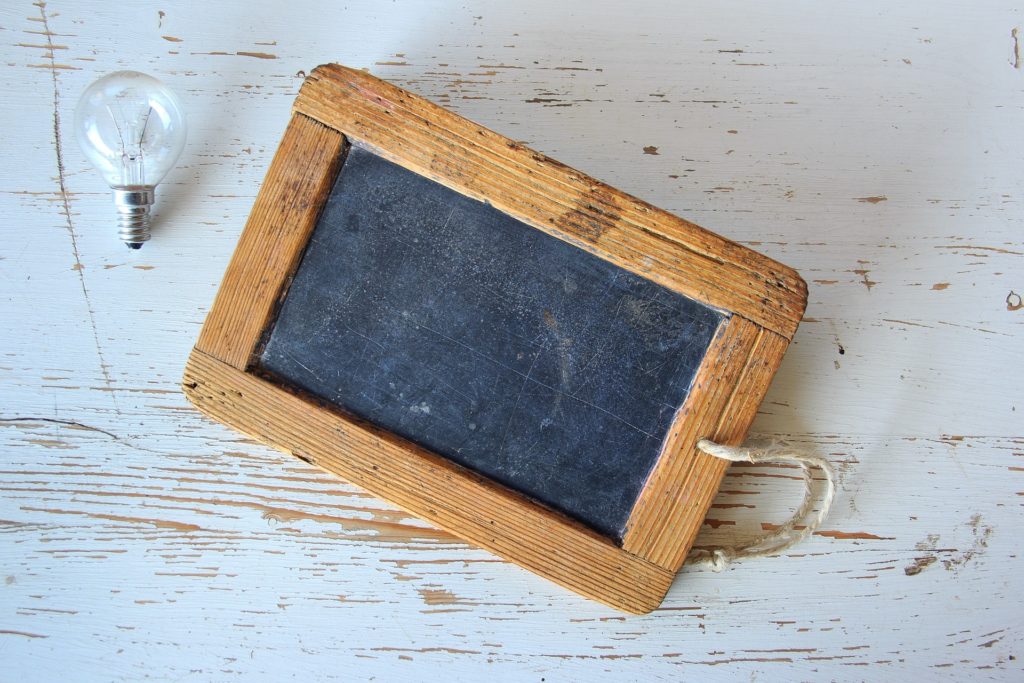With the start of the new school year already well underway, your daily routine of work, school, and sleep is back in full swing. After a vacation at a leisurely pace, your child may find it hard to get back into the swing of things.
In this fast-paced life, he is forced to follow your habits. For him, it is not always easy to understand them and to develop at his own pace. Without realizing it, you naturally impose your daily routine on your child. That's why it's important to set up routines that are specific to your child and that help him adapt to the rhythm of the new year while he's developing.
Why are routines important to him? How will they help him while keeping up with you?
The Montessori pedagogy, a tool for the development of the child

This pedagogy was based on the research done by Maria Montessori, an Italian physician and pedagogue of the 20th century.
Through her observations, she has developed activities to help children in their development.
From the ages of 3 to 6, Maria Montessori observed that everything must be done in an orderly fashion. When the child knows where and in what order each event is going to happen, he projects himself, he is reassured. It is therefore important to give him a visibility on what is going to happen.
This mode of operation seeks to establish routines with the child on a daily basis. This will allow the child to develop at his/her own pace.
Routines, a response to the child's basic needs
Establishing routines and a context conducive to this regularity allows the child to feel emotionally secure. If we observe a child's life, we see that the routines are already there. The time of the bottles, the bath, the closing of the shutters so that he sleeps at night etc...
He will get used to a change more easily if he knows at what time of day it will occur. He must be able to remain in control of his actions. So if you have to leave late one day because you have an appointment, talk to your child. Explain to him what will happen and what part of his routine will be changed, he will easily adapt. Eventually, he will be better able to handle emergencies.
Routines allow your child to gain independence. This is particularly interesting in the 3 to 6 year old age group.
→ How do you go about installing routines that really work?
You can set up a routine chart. Build it with your child. For the little ones, it can be interesting to make it round, like a clock. It is also a first step towards learning to tell time. Cut this circle into parts and divide with the child inside the key moments of his routine. For example: getting up, having breakfast, brushing teeth. This way, the child will see visually what he has to do, where he is: in total autonomy.
To download a super cool DIY, find a toolkit on routines to make your daily life easier: https://bloomeveil.com/la-boite-a-outils/

The secrets of a good routine
You can use different times of the day to set up routines. Some of the most important ones are the morning routine and the evening routine. But you can also facilitate other daily activities.
Here are some tips for developing effective routines:
- Be consistent The routine must be done in the same way every day at the same time.
- Keep it simple Don't put too many steps so that your child can easily remember what to do.
- Be flexible: A good routine should be developmentally appropriate for your child.
- Serve as a model Show your child that you also follow certain routines. For example, when it's time to clean up, you can clean up the kitchen while your child puts away his toys.
- Involve your child If he feels he has control over his routine, he will participate more easily. For example, ask him if he wants his story before or after the bath. On the other hand, he needs to know that there will be a consequence if it is not done.
- Make routines fun To help your child, put some fun pictures on a board.
Never too late to get into a routine

If you haven't really established routines, it's not too late to do so. Your child may be a little resistant at first, especially if he or she is used to deciding what to do. But with patience, you can establish routines. Start with the bedtime routine: put on pajamas after bath time, read the bedtime story, etc.
Through routines, your child learns to get organized and develop ways of doing things that he or she can use at school. For example, getting dressed on his own to go outside, washing his hands and putting away his toys when he's done playing.
The benefits of implementing routines at school
With a routine at home, the child has an easier time following instructions and being sociable. In addition, by feeling secure and confident, he will be more available to learn in class.
Finally, routines are part of our daily lives, both as children and adults. To help your child grow and develop, it is important to adapt them. This will not only make him confident but also make him more independent. Even if it is not obvious at first, it is for his own good and to make your daily life easier! Whether it is with you or with your favorite babysitter from KidleeThis is beneficial for the child.


